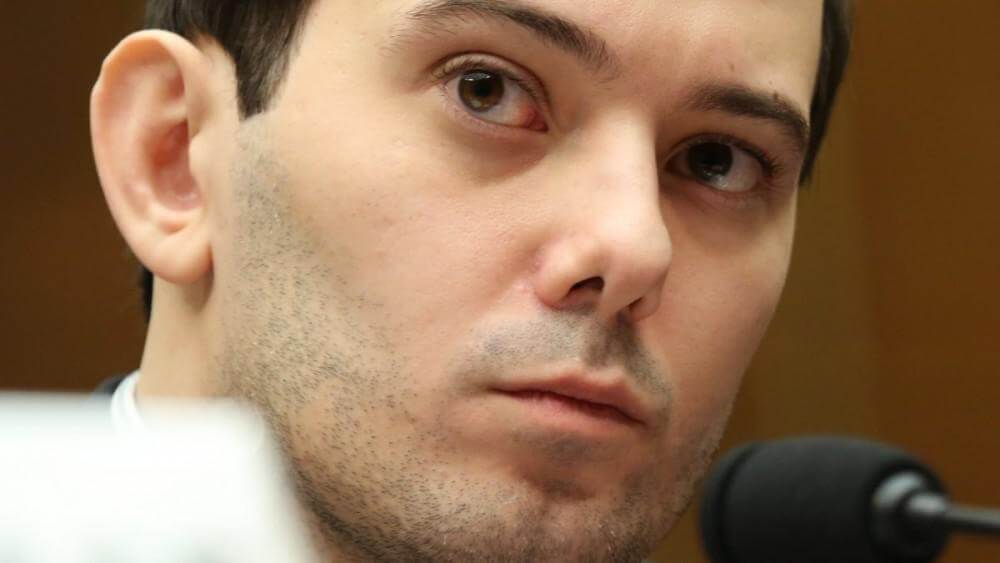
Treatment of Opioid Use Disorders Often Produces Dramatic and Life-Changing Benefits
Although there is a national epidemic of opioid misuse and overdoses, treatment is effective. The most effective treatment is medication-assisted treatment (MAT) which involves prescribing a daily medication for the patient. Although this prescribed drug has s
some of the same effects as the abused opioid drugs, the prescribed drug reduces cravings, relapse, and overdoses. Such treatment is one of the few treatments in medicine which can give the rapid benefits which often result. MAT is a comprehensive approach which includes not only medication but also regular visits, medical and psychiatric evaluation and monitoring, counseling, and self-help group attendance.
Opioids are a group of drugs which are found in or are chemically similar to substances from the opium poppy plant. Opioids produce pain relief, hence their usefulness in medicine, but they also can produce tolerance and addiction. Opioid use disorder (OUD) can begin with recreational drug abuse or when opioids are prescribed by a physician for a medical purpose. OUD is defined as the loss of control of the use of opioids with cravings, escalating doses to obtain the same effect, withdrawal symptoms after stopping or decreasing the dose of opiates, and adverse effects on health, family and work. OUD can cause a variety of health problems as well as potentially fatal overdoses.
Three drugs have been approved by the Food and Drug Administration (FDA) for OUD: naltrexone, methadone, and buprenorphine. Naltrexone is a complete opioid antagonist, that is, it completely blocks the effects of opioid drugs. Naltrexone thus prevents overdoses but because it does not prevent cravings and relapse, it is not effective for the long-term treatment of OUD.
Another medication used for OUD treatment, buprenorphine, has many benefits. Buprenorphine is a partial opioid agonist so it both stimulates and blocks the opioid receptor. It thus reduces cravings, relapse, and overdose, but if patients who are already dependent on another opioid take buprenorphine, the opioid receptor antagonist properties of the drug may cause withdrawal symptoms. This is called precipitated withdrawal which is uncomfortable but can generally be treated successfully on an outpatient basis. Buprenorphine is usually taken by the patient at home with regular visits and counseling.
The third FDA approved drug for OUD, methadone, is a complete opioid agonist. This means that methadone has no opioid receptor blocking activity and will not cause withdrawal if it is taken by an opioid-dependent patient. Although methadone is effective for OUD, federal and state regulations dictate that methadone can only be prescribed for hospital inpatients or in a specially regulated outpatient clinic. In methadone clinics, patients must take the methadone at the clinic daily with weekly counseling. Random toxicology tests and medical and psychiatric assessment are also required. After sixty days of abstinence from illicit drugs and perfect attendance at dosing and counseling appointments, patients may be able to take some of their methadone doses at home. Methadone is sometimes used in preference to buprenorphine in pregnancy and for patients who have relapsed repeatedly on buprenorphine treatment and need a more intensive and supervised level of treatment.
Although the use of buprenorphine and methadone has been criticized as “just substituting one drug for another”, considerable research shows that buprenorphine and methadone improve OUD outcomes by breaking the cycle of compulsive misuse, addiction, and overdose. People commonly stay on these medications for years and go back to their families, work and former lives. Although MAT is similar to treating chronic medical problems such as hypertension, patients who are successfully treated with buprenorphine sometimes ask about tapering off the drug. Tapering after treatment for less than a year usually results in relapse and recurrent opioid misuse. In fact, one study of patients taking buprenorphine showed that the strongest predictor of abstinence after treatment for 42 months was continued buprenorphine treatment (Drug Alcohol Depend 2015; 150: 112-9.).
In a recent New England of Medicine article (N Engl J Med 2019; 380: 772-9.), Sarah Wakeman, MD addressed the issue of possibly tapering buprenorphine after a period of successful treatment. She said that “long-term treatment with buprenorphine has powerful benefits. However, if a patient feels strongly about trying to taper treatment and has a stable condition for years, I suggest beginning a slow taper. If cravings develop, the dose should be increased again. I emphasize to patients that the goal is not to be off the medication but to have what they need to stay alive and healthy.”
Opioid use disorder is a potentially fatal disease. Patients are urged to take the first step and begin treatment as soon as possible with a physician who has expertise in addiction medicine who can prescribe buprenorphine or methadone.
You Might Also Enjoy...
Treatment of Opioid Use Disorder
Treatment of Opioid Use Disorders Often Produces Dramatic and Life-Changing Benefits Although there is a national epidemic of opioid misuse and overdoses, treatment is effective. The most effective treatment is…
Jun 3, 2019Does Marijuana Lower IQ?
Who was ever harmed by smoking a little weed? Right? Wrong. Good research shows that people who start smoking marijuana, or cannabis, regularly when they are in their teens and…
Jun 3, 2019Imprisoned pharmaceutical investor Martin Shkreli put in solitary confinement for illicit cell use
Pharmaceutical investor Martin Shkreli, already in prison for securities fraud, was transferred to solitary confinement in March for using a contraband cellphone to run his drug company Phoenixus AG from…
Jun 26, 2019

